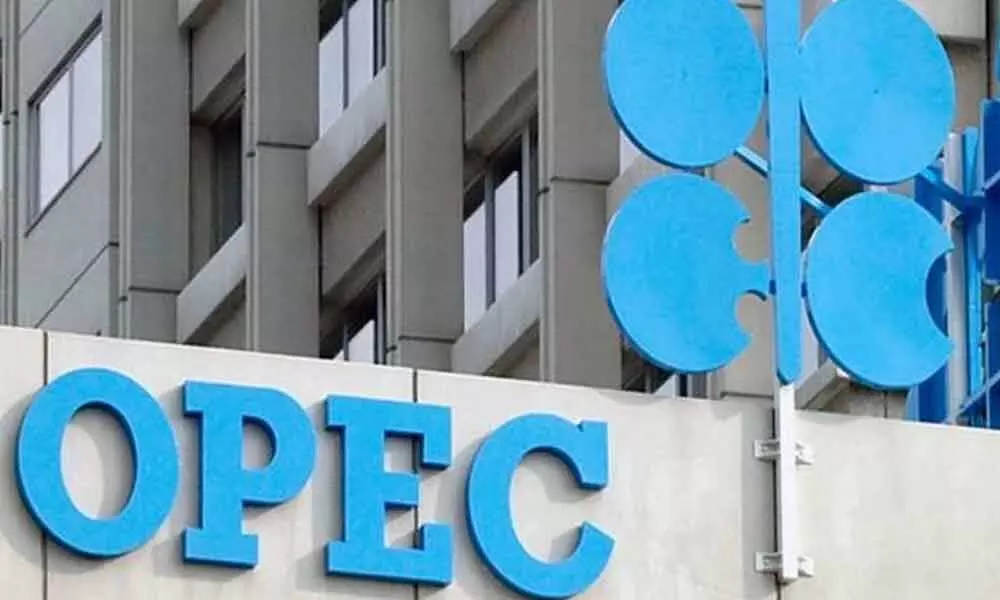Rigorous control over global crude market in offing
OPEC+, which comprises the Organization of the Petroleum Exporting Countries (OPEC), Russia and other allies, at its last meeting of this historic year
image for illustrative purpose

OPEC+, which comprises the Organization of the Petroleum Exporting Countries (OPEC), Russia and other allies, at its last meeting of this historic year, decided to increase and strengthen monitoring to balance the struggling global oil market. OPEC+ had earlier delayed talks on output policy for next year until Thursday with key players disagreeing on how much oil they should pump amid weak demand.
Significantly, the group has decided on additional voluntary cuts of a mere 0.5 mnbopd to 7.2mnbopd, starting January, '21, against the scheduled cut of 2mnbopd to 5.7mnbopd.This incidentally is the second time that OPEC+ has agreed on lower cuts than schedule as further extensions and impositions of lockdowns in various countries has aggravated the demand-supply mismatch. The group has also agreed to hold monthly meetings, starting January, 21, to assess market conditions and decide on production adjustments for the following month, which would be no more than 0.5mnbopd.
Sector analysts have reasons to believe that the recent move by OPEC+ would lead to more rigorous control over the global crude oil market until a better balance is struck between demand and supply. This system would also answer the huge inventory buildup that is yet to be consumed, as well as increase in production from US Shale. If things move the way it has been envisaged, the move is also expected to result in a more stable crude oil prices, with room for both extending as well as easing of cuts. The mismatch in global crude oil demand-supply balance is likely to continue for some time, which in turn, would keep prices in check for another year at least. Given the recent positive developments around Covid vaccines globally, it is expected that the contraction and downside in oil demand to be limited in 2021.
Back home in India, ONGC is expected to grow its gas production in FY22, with efforts to arrest the decline in oil production from age-old fields (accounting for 60-70 per cent of total oil production). Mind you that in FY20, ONGC made 12 discoveries (seven onshore, five offshore); of which seven are prospects (three onshore, four offshore) and five are pools (four onshore, one offshore). The management has already notified seven new discoveries (four pools and three prospects) in FY21 so far. OINL, on its parts, has lined up plans to add gas production of ~5mmscmd from 2024-25 (to the current 7.5mmscmd), while arresting the decline in oil production.
All these developments will have to be seen in the wake of a degree of positivity. With sentiment turning and given the optimism of a vaccine, it is expected to grow end-consumer confidence and thus demand in sectors like transportation and tourism, which are the most affected by Covid-19 in 2020. Growth in oil demand is likely to be further supported by normalization of production in the petrochemical industry and improving momentum in the other industrial sectors as well.

